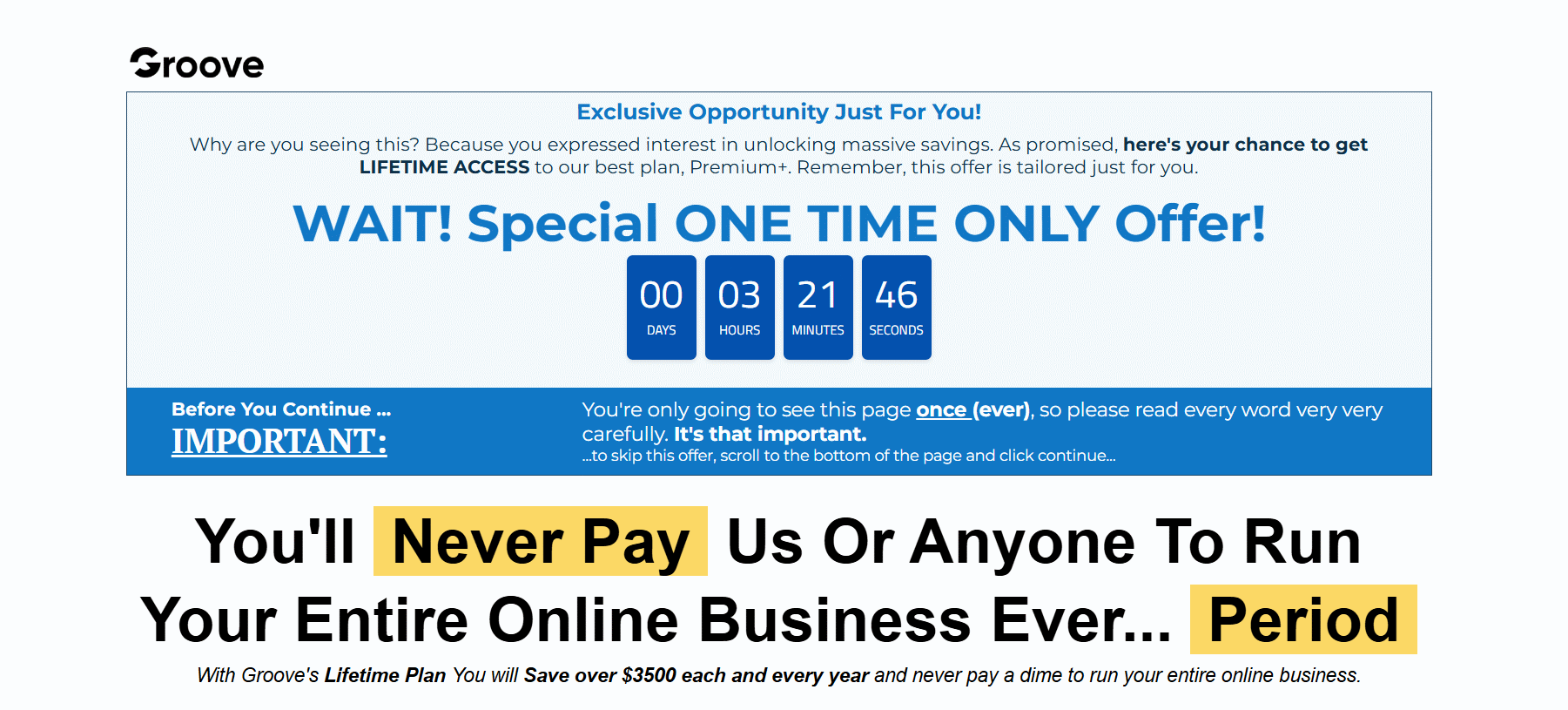In our fast-paced world, the frustration of waiting in bank lines or dealing with hidden fees is all too common. Reflecting on my own experiences with outdated banking systems, I stumbled upon Revolut—a financial app that claims to revolutionize how we manage our money. But does it truly deliver on its promises? Let’s explore this innovative app together.
What is Revolut?
Revolut is a digital banking app that has transformed the way people manage their finances. It offers a modern alternative to traditional banking, making it easier and more efficient for users to handle their money. But what exactly sets Revolut apart?
Overview of Revolut as a Digital Banking App
At its core, Revolut is designed for those who are tired of the inefficiencies often associated with traditional banks. Think about it: long queues, hidden fees, and complicated paperwork. Who has time for that? With Revolut, everything is streamlined through a mobile app. Users can manage their accounts, make transactions, and even invest—all from their smartphones.
Comparison with Traditional Banks
When comparing Revolut to traditional banks, several key differences emerge:
Accessibility: Revolut operates entirely online, meaning users can access their accounts anytime, anywhere.
Fees: Many traditional banks charge monthly maintenance fees, but Revolut offers a free Standard plan. Higher-tier plans come with additional features for a fee.
Customer Service: While traditional banks often have physical branches, Revolut relies on in-app chat for support. This can be a pro or con, depending on user preference.
In a world where convenience is key, Revolut appeals to those who want to avoid the hassle of conventional banking.
Key Functionalities Offered by Revolut
Revolut is not just a basic banking app; it offers a range of functionalities that make it stand out:
Multicurrency Debit Card: Users can spend in multiple currencies without incurring hefty exchange fees.
Currency Exchange: Revolut provides real market rates for currency exchange, which is a significant advantage for travelers.
International Money Transfers: Sending money abroad is often free within the UK and SEPA regions, making it a cost-effective option.
Investment Options: Users can invest in stocks and cryptocurrencies directly from the app, which is appealing to many.
These features cater to a diverse audience, from frequent travelers to those looking to dip their toes into investing.
Convenience of App-Based Banking
The convenience of app-based banking cannot be overstated. With Revolut, there are no long queues or complicated processes. Everything is at your fingertips. Users can:
Track Spending: The app provides tools to monitor expenses and set budgets.
Quick Transactions: Sending money to friends or paying bills is just a few taps away.
Access 24/7 Support: In-app chat support is available around the clock, although experiences may vary.
In summary, Revolut offers a modern banking experience that prioritizes convenience and efficiency. While it may not be a full-fledged bank in every country, its features like currency exchange and stock trading make it a compelling option for many users.
Main Features of Revolut
Revolut is changing the way people think about banking. With its modern approach, it offers a variety of features that cater to the needs of today’s users. Here’s a closer look at what Revolut has to offer.
1. Different Account Plans Available
Revolut provides several personal account plans: Standard, Plus, Premium, Metal, and Ultra. Each plan comes with its own set of perks and pricing. The Standard plan is free, which is a great option for those just starting out. But what about the higher-tier plans? They offer additional features that can be quite appealing.
Plus: Monthly fee with added benefits.
Premium: More features, including insurance.
Metal: Stylish card design and exclusive perks.
Ultra: The top-tier plan with the most benefits.
These plans cater to different needs, whether it’s for casual users or those who want a more premium experience.
2. Multi-Currency Debit Cards Benefits
One of the standout features of Revolut is its multi-currency debit card. This card allows users to hold and exchange multiple currencies without the hassle of traditional banks. Imagine traveling abroad and not having to worry about high exchange rates or hidden fees. With Revolut, users can spend in over 150 currencies at the interbank exchange rate. This is a game-changer for frequent travelers.
Additionally, the card can be used for online shopping, making it a versatile option for both travel and everyday purchases. Isn’t it nice to have a card that adapts to your needs?
3. Real-Time Currency Exchange Features
Revolut offers real-time currency exchange features that set it apart from traditional banks. Users can exchange currencies at real market rates, which is often much better than what banks offer. However, it’s important to note that a small markup of about 1% is applied on weekends. This means users can save money when exchanging currencies during the week.
For those who are savvy with their finances, this feature can lead to significant savings over time. Who wouldn’t want to keep more money in their pocket?
4. How Budget Tracking Works in the App
Another impressive aspect of Revolut is its budget tracking capabilities. The app provides users with tools to track spending and set budgets easily. Users can categorize their expenses, which helps them understand where their money goes. This feature is particularly useful for those who want to manage their finances more effectively.
With an intuitive design, the app makes it simple to monitor spending habits. Users can set monthly budgets and receive alerts when they approach their limits. This proactive approach encourages better financial habits. Isn’t it great to have a tool that helps you stay on top of your finances?
In summary, Revolut combines modern banking features with user-friendly technology. From various account plans to real-time currency exchange, it offers something for everyone. Whether you’re a traveler or someone looking to manage your budget better, Revolut has the tools to help.
Pros and Cons of Using Revolut
Revolut is a modern financial app that has gained popularity among users looking for a fresh alternative to traditional banking. While it offers numerous benefits, it also has its drawbacks. Understanding these can help potential users make informed decisions.
Benefits of Using Revolut
Low Trading Fees: One of the standout features of Revolut is its low trading fees. Users can trade stocks and cryptocurrencies at a fraction of the cost compared to traditional banks and brokers. This is especially appealing for those who want to invest without breaking the bank.
Ease of Account Setup: Setting up an account with Revolut is a breeze. Users can complete the process in just a few minutes through the app. This simplicity is a major draw for individuals who are frustrated with the lengthy procedures often associated with traditional banks.
Drawbacks of Using Revolut
Limited Investment Options: While Revolut offers some investment opportunities, they may not be sufficient for seasoned investors. The platform lacks advanced research tools and a wide range of investment products, which could be a dealbreaker for those looking for comprehensive investment options.
Customer Service Challenges: Customer service experiences can vary widely. Although support is available 24/7 via in-app chat, some users report delays or unsatisfactory responses. This can be frustrating, especially for those who require immediate assistance.
User Experiences with Customer Service
Customer satisfaction with Revolut's service often depends on the type of account held. Users with paid plans tend to receive priority support, which can lead to a better experience. However, the absence of a physical support option leaves some users feeling unsupported. As one user noted, “I appreciate the convenience of the app, but when I needed help, I felt lost without a phone number to call.”
Comparison of Features with Other Banking Apps
When compared to other banking apps, Revolut shines in certain areas but falls short in others. For instance, its currency exchange feature is competitive, allowing users to exchange money at real market rates. However, some traditional banks offer more robust investment options and personalized customer service. The question arises: is the convenience of a digital app worth the trade-offs in service and investment opportunities?
In summary, while Revolut offers attractive features like low trading fees and quick account setup, potential users should weigh these against the limitations in investment options and customer service. The app is particularly suited for those who prioritize convenience and lower costs, but it may not meet the needs of everyone.
Ultimately, understanding both the pros and cons of using Revolut can help users decide if it aligns with their financial goals and lifestyle. As Daniel pointed out in his review, testing the free plan can be a smart way to gauge whether it fits their needs before committing to a paid account.
Understanding Revolut's Fees
Revolut has gained popularity as a modern financial app, especially among those tired of traditional banking hassles. But what about the fees? Understanding the fee structure is crucial for users to avoid unexpected costs, particularly regarding foreign transactions and currency conversion fees. Here’s a breakdown of what to expect.
1. Overview of Monthly Fees for Different Plans
Revolut offers five personal account plans: Standard, Plus, Premium, Metal, and Ultra. The Standard plan is free, which is a significant draw for many users. However, the other plans come with monthly fees that unlock additional features. Here’s a quick look:
Standard: Free
Plus: Monthly fee applies
Premium: Monthly fee applies
Metal: Monthly fee applies
Ultra: Monthly fee applies
Each tier offers unique benefits, such as cash back, insurance, and stylish debit card designs. Users should consider their banking habits when selecting a plan. Do they travel often? Do they need extra features? These questions can guide their choice.
2. Currency Exchange Limits and Associated Fees
One of Revolut's standout features is its currency exchange capability. Users can exchange currencies at real market rates. However, there are limits. For instance, the Standard plan has a specific threshold before fees kick in. After reaching this limit, a markup of about 1% is applied, especially on weekends. This can be a surprise for users who don’t keep track of their exchanges. It’s essential to know these limits to avoid unexpected charges.
3. International Transfer Fees
When it comes to international transfers, Revolut shines in some areas but has its caveats. Transfers within the UK and the SEPA region are free, which is fantastic for users in those areas. However, sending money outside these regions incurs fees. Paid plans offer reduced rates, making them more appealing for frequent international transactions. Users should ask themselves: Is the cost worth the convenience? For many, the answer is yes, especially if they’re sending money regularly.
4. ATM Withdrawal Fees
ATM withdrawals are another area where users need to be cautious. The Standard plan allows a limited number of free withdrawals each month. After that, fees apply. Higher-tier plans offer more generous withdrawal limits, which can be beneficial for travelers. It’s worth noting that some users have expressed concern about hidden fees in this area. They wonder if they’ll be caught off guard when they need cash. To avoid this, users should familiarize themselves with their plan’s specifics.
In summary, fees correlate with usage. Users can avoid charges by selecting the appropriate plans and being aware of their banking habits. Revolut aims to provide a transparent experience, but it’s essential to read the fine print. After all, no one likes surprises when it comes to their finances.
Is Revolut Worth It?
In the world of digital banking, Revolut stands out. But is it the right choice for everyone? To answer this, we need to evaluate it based on user needs. Are you a frequent traveler or a casual user? Understanding your financial habits is crucial.
Frequent Travelers vs. Casual Users
For those who travel often, Revolut can be a game changer. The app offers a multicurrency debit card that allows users to spend in different currencies without hefty fees. Imagine being in Paris, and you can pay in euros without worrying about exchange rates. That’s a significant advantage!
On the other hand, casual users might find the features overwhelming. If you rarely leave your home country, you may not need all the bells and whistles. For these users, the free plan could be a perfect starting point. It provides essential banking services without any monthly fees. Why pay for features you won’t use?
Advice on Starting with the Free Plan
Starting with the free plan is a wise decision. It allows users to explore Revolut's features without financial commitment. You can test the waters and see if it fits your lifestyle. Daniel, a business owner with years of experience, emphasizes this approach. He suggests that users should try the app first before diving into any paid plans.
With the free plan, you can enjoy basic services like currency exchange and international money transfers. It’s a great way to gauge whether the app meets your needs. If you find yourself using it frequently, then considering an upgrade might make sense.
Assessing Future Upgrade Decisions
Once you’ve tried the free plan, it’s time to assess your options. Revolut offers several paid plans: Plus, Premium, Metal, and Ultra. Each tier unlocks additional features, such as cash back, insurance, and stylish debit card designs. But do you really need them?
Before upgrading, consider your financial habits. If you travel often or invest in stocks, a paid plan might be beneficial. However, if you’re a casual user, sticking with the free plan could save you money.
Making the Best Use of Revolut
To maximize your experience with Revolut, Daniel recommends exploring all the features available in the app. From budgeting tools to investment options, there’s a lot to discover. The intuitive design makes it easy to track spending and manage finances.
However, keep in mind that customer service experiences can vary. While support is available 24/7 via in-app chat, some users have noted that priority support is only for paid plans. This could be a dealbreaker for those who prefer high-touch customer service.
Ultimately, determining if Revolut is the right choice depends on individual financial habits and requirements. For frequent travelers, it’s a compelling option. For casual users, the free plan offers a risk-free way to explore its features. So, why not give it a try? You might find that Revolut is exactly what you need.



